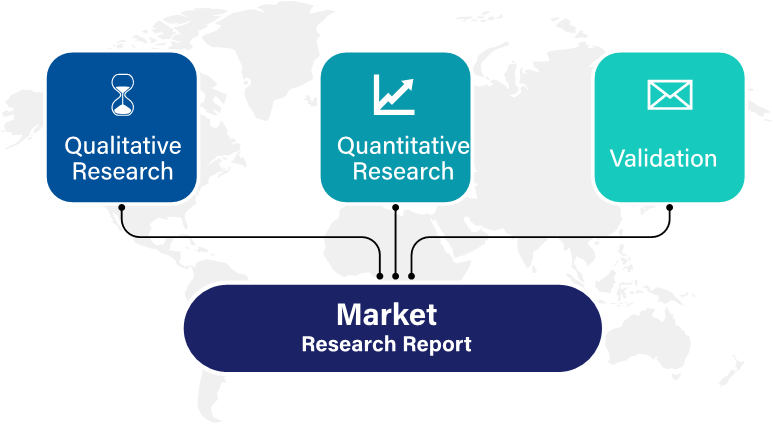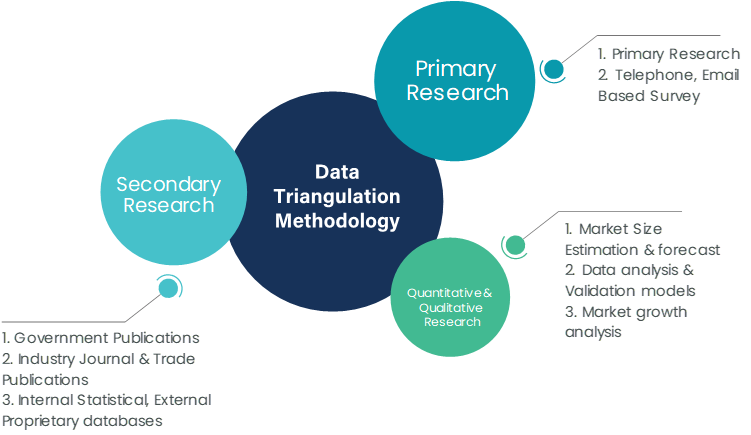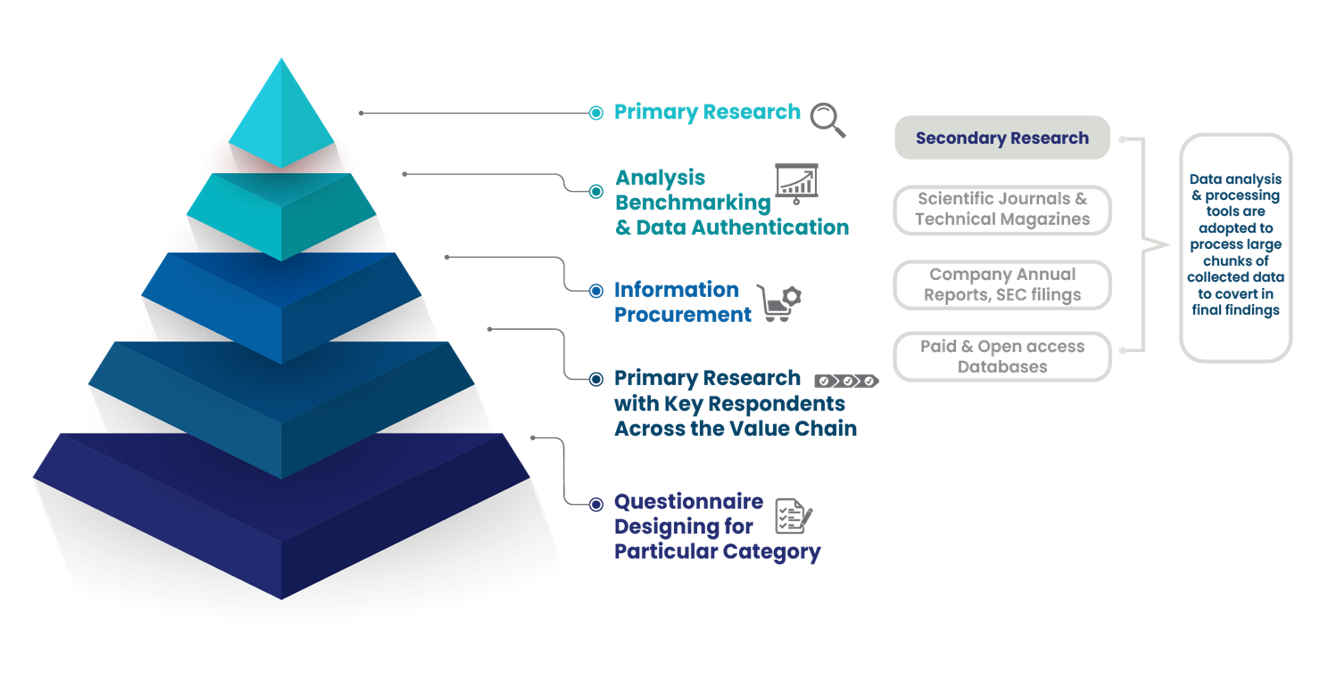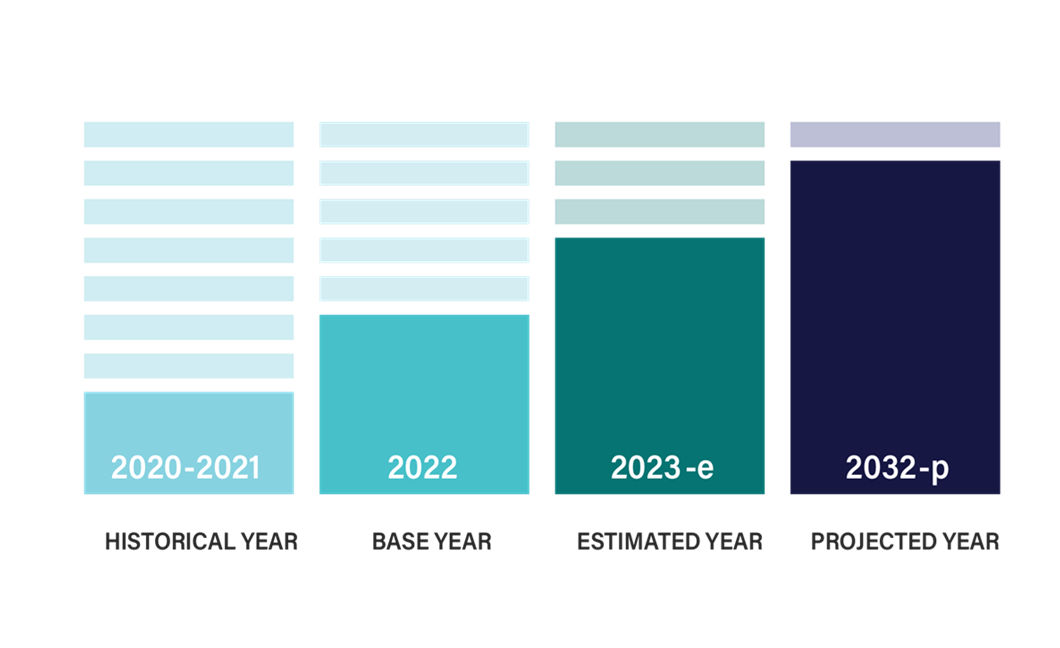

Introduction
The Spine Bone Stimulators Market is experiencing significant growth as the demand for advanced orthopedic treatment options rises. Spine bone stimulators are medical devices designed to promote bone growth in patients undergoing spinal fusion surgery or suffering from delayed healing of spinal fractures. These devices work by sending electrical signals or ultrasonic pulses to the spine, encouraging bone regeneration and improving the likelihood of successful fusion. The rising prevalence of spinal disorders, the growing aging population, and technological advancements in medical devices are driving the demand for spine bone stimulators globally.
According to International Market Research (IMR), the global spine bone stimulators market was valued at approximately $544 million in 2023 and is projected to grow at a compound annual growth rate (CAGR) of 5.3% from 2024 to 2031, reaching a market value of around $813 million by 2031.
Market Overview
The increasing number of spinal surgeries, especially spinal fusion procedures, is a key factor driving the growth of the spine bone stimulators market. These devices are essential for enhancing the healing process in complex spinal conditions and have proven effective in reducing the need for additional surgeries. Spine bone stimulators are available in both external and internal (implantable) forms, providing flexibility to healthcare providers and patients.
Key Drivers of Growth:
Segmentation Analysis
1. By Product Type
The external spine bone stimulators segment accounted for the largest share of the market in 2023, representing approximately 63.4% of the total revenue. External stimulators are non-invasive and can be worn by patients during their daily activities, making them a convenient option for promoting bone healing. They are often recommended for patients who may not respond well to internal bone stimulators or who prefer non-surgical treatments.
The implantable spine bone stimulators segment is expected to grow at a faster rate, with a projected CAGR of 6.1% during the forecast period. These devices are surgically implanted at the site of the fusion, providing continuous bone stimulation. They are typically used in complex spinal fusion procedures and cases where external stimulation is insufficient.
2. By Application
Spinal fusion surgeries dominated the market in 2023, accounting for around 78.9% of the market share. Spinal fusion is a common procedure used to treat various spinal conditions, such as herniated discs, scoliosis, and spinal stenosis. Bone stimulators are commonly used in these surgeries to promote successful fusion and reduce the risk of non-union.
The fracture healing segment is projected to experience significant growth over the forecast period, driven by the increasing incidence of spinal fractures, particularly in the aging population. Bone stimulators are effective in enhancing the healing process for patients suffering from spinal fractures or those with delayed healing due to osteoporosis.
3. By End User
Hospitals held the largest share of the market in 2023, accounting for approximately 51.3% of the total market revenue. Hospitals are the primary setting for spinal surgeries, and the use of spine bone stimulators is common in these facilities to ensure optimal patient outcomes.
Ambulatory surgical centers (ASCs) are expected to witness the fastest growth during the forecast period, with a CAGR of 6.4%. The increasing shift toward outpatient spinal surgeries and the rising demand for minimally invasive procedures are contributing to the growing use of spine bone stimulators in ASCs.
4. By Region
North America dominated the spine bone stimulators market in 2023, with a market share of approximately 45.2%. This dominance is attributed to the region's high prevalence of spinal disorders, advanced healthcare infrastructure, and widespread adoption of advanced medical devices. The U.S. is a key contributor to this market, driven by the increasing number of spinal surgeries and the presence of major market players.
Asia-Pacific is expected to experience the highest growth over the forecast period, with a projected CAGR of 7.2% from 2024 to 2031. The region's growing aging population, rising healthcare investments, and increasing awareness of advanced spine treatments are driving demand for spine bone stimulators. Countries like China, Japan, and India are expected to see significant market expansion as healthcare infrastructure continues to develop.
Key Market Trends
Challenges
Future Outlook and Opportunities
The spine bone stimulators market offers promising growth opportunities, especially with the increasing prevalence of spinal disorders and advancements in medical technology. IMR anticipates significant opportunities in both established and emerging markets.
Key Players
Conclusion
The Spine Bone Stimulators Market is poised for steady growth from 2024 to 2031, driven by rising incidences of spinal disorders, advancements in medical technology, and the growing aging population. With the increasing adoption of non-invasive and implantable stimulators, the market is expected to expand, particularly in emerging regions. Challenges such as high device costs and complex regulatory requirements remain, but ongoing technological innovations and efforts to improve patient care will create significant opportunities for market players. IMR projects that the spine bone stimulators market will continue to grow, offering advanced solutions that enhance the healing process for patients worldwide.
International Market Research follows a comprehensive research methodology dedicated to offering the most accurate market estimation and analysis. It leverages a data triangulation methodology to estimate the market dynamics and deliver precise estimations. The company exploits a combination of top-down and bottom-up approaches for classifying and assessing quantitative aspects of the market.

This research study is based on exhaustive quantitative and qualitative analysis.
The Quantitative analysis involves numerous models, mathematical tools, projection, and sampling techniques. It encompasses the following steps:
Recognize market variables and derive market size.
Valuation of prospects, opportunities, and market penetration rates by analyzing Application Predictive Maintenance Solutionzation, regional trends, etc.
Gauge historical market trends and derive present and future year-on-year growth trends
The qualitative analysis covers briefing about market dynamics and business opportunities and strategies. Lastly, all the research findings are authenticated over interviews with in-house industry experts, freelance consultants, and key opinion leaders, etc.


The preliminary raw data and relevant information are acquired via different sources such as secondary findings, trade surveys, and in-house repositories. Technical issues and trends are attained from technical symposia, surveys, and trade journals. Market dynamics such as driving factors, restraints/challenges, pricing trends, and opportunities are also collected using extensive secondary research via paid and open access data sources.
This info is then filtered to make sure that the related data including market trends, industry dynamics, and outlook is retained for the further research End-user. Data is constantly filtered to confirm that only authenticated sources are measured.
It comprises analysis & mapping of all the data gathered from the above step. It also includes the analysis of data differences observed across numerous data sources and arrives at final data points to be used for final calculations.
This step involves data End-user using various models, mathematical tools, projection, and sampling techniques to derive market findings. It also involves the placement of data points at suitable market spaces to gather viable conclusions.
Market estimates and forecasts are derived via simulation models. Collected data for market dynamics, Propulsion Type sets, pricing trends, and Type development is fed into the model and evaluated simultaneously. These factors are studied on a comparative basis, and their influence over the prediction period is quantified by means of regression, correlation, and time-series exploration. Analyst viewpoint & subject matter expert-based heuristic form of market sizing also plays an essential part in this step.
Some of the parameters measured as a part of the statistical model are:
Macro-economic indicators
Micro-economic indicators
Socio-political indicators
Environmental indicators
Propulsion Type indicators
Validation End-user aids to finalize data points to be used for final calculations. Primary Interviews are conducted to authenticate the data and analysis.
Primary research includes questionnaire-based research, email interactions, online surveys, and telephonic interviews. Interviewees are approached by prominent companies across the value chain including suppliers, Propulsion Type providers, domain experts, and buyers to ensure a holistic and unbiased picture of the market.
Industry participants involved in this research study include:
CEOs, VPs, market intelligence managers
Procuring and national sales managers technical personnel, distributors, and resellers
Research analysts and key opinion leaders from various domains
Our research methodology includes an ideal combination of primary and secondary initiatives.

Source: International Market Research Analysis, 2024
It involves company databases such as Hoover's: This assists us to recognize financial information, the structure of the market participants, and the industry competitive landscape.
The secondary research sources referred to in the End-user are as follows:
Supply Chain and Inventory Managemental bodies, and organizations creating economic policies
National and international social welfare institutions
Company websites, financial reports and SEC filings, broker and investor reports
Related patent and regulatory databases
Statistical databases and market reports
Corporate Presentations, news, press release, and specification sheet of Manufacturers
Open access and paid data sources:
Eurostat
Statista
OneSource
Plastemart
WHO and World Bank
ITU
Factiva
Hoovers
Primary research includes online surveys and telephonic interviews.
Means of primary research: Email interactions, telephonic discussions, and questionnaire-based research, etc.
To validate our research findings and analysis, we conduct primary interviews of key industry participants. Insights from primary respondents help in validating the secondary research findings. It also develops Research Team’s expertise and market understanding.
Industry participants involved in this research study include:
CEOs, VPs, market intelligence managers
Procuring and national sales managers technical personnel, distributors, and resellers
Research analysts and key opinion leaders from various domains
We employ of following parameters in the absence of concrete data sources:
We assign weights to various parameters and quantify their market influence with the help of weighted average analysis, to derive an expected market growth rate
Income distribution, purchasing pattern, per capita income, and other end-user associated parameters
GDP, inflation rate, per capita disposable income, etc.
Expenditure, financial policies of the country, infrastructure and sector growth, and facilities

Source: International Market Research Analysis, 2024
International Market Research(IMR) is global leader in Market Research & Consulting services.